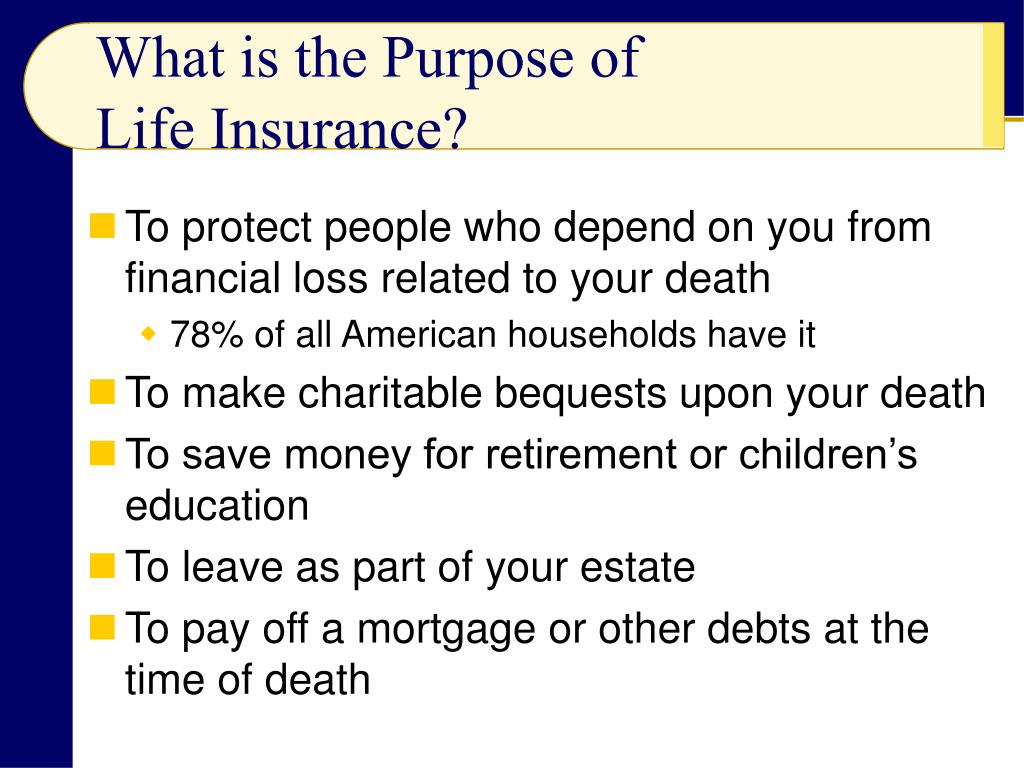The Basic Principles Of Pacific Prime
Pacific Prime Fundamentals Explained
Table of ContentsThe Best Strategy To Use For Pacific PrimeThe Facts About Pacific Prime UncoveredSome Known Questions About Pacific Prime.Not known Factual Statements About Pacific Prime Pacific Prime Can Be Fun For Anyone

This is due to the fact that the data were collected for a duration of strong financial performance. Of the approximated 42 million people that were without insurance, almost about 420,000 (about 1 percent) were under 65 years old, the age at which most Americans come to be eligible for Medicare; 32 million were adults in between ages 18 and 65, around 19 percent of all adults in this age; and 10 million were kids under 18 years old, about 13.9 percent of all kids (Mills, 2000).
These estimates of the number of individuals without insurance are generated from the yearly March Supplement to the Existing Population Study (CPS), performed by the Census Bureau. Unless or else kept in mind, national quotes of individuals without medical insurance and percentages of the populace with various type of insurance coverage are based on the CPS, the most commonly made use of source of quotes of insurance protection and uninsurance prices.
Pacific Prime Can Be Fun For Everyone

Still, the CPS is specifically useful since it creates yearly price quotes relatively swiftly, reporting the previous year's insurance coverage estimates each September, and because it is the basis for a regular collection of price quotes for greater than two decades, permitting evaluation of patterns in coverage gradually. For these factors, as well as the comprehensive usage of the CPS in various other research studies of insurance protection that exist in this record, we depend on CPS estimates, with limitations kept in mind.

The price quote of the number of uninsured individuals increases when a populace's insurance policy condition is tracked for a number of years. Over a three-year period beginning early in 1993, 72 million people, 29 percent of the united state populace, lacked protection for a minimum of one month. Within a single year (1994 ), 53 million people experienced at the very least a month without coverage (Bennefield, 1998a)
Six out of every 10 without insurance grownups are themselves used. Functioning does boost the likelihood that one and one's family participants will certainly have insurance coverage, it is not an assurance. Also participants of families with two full time breadwinner have almost a one-in-ten possibility of being uninsured (9.1 percent uninsured price) (Hoffman and Pohl, 2000).
Fascination About Pacific Prime
New immigrants account for a significant proportion of individuals without medical insurance. One evaluation has connected a considerable portion of the current growth in the size of the united state uninsured populace to immigrants who got here in the nation in between 1994 and 1998 (Camarota and Edwards, 2000). Recent immigrants (those that involved the United States within the past four years) do have a high rate of being without insurance (46 percent), yet they and their youngsters account for just 6 percent of those without insurance across the country (Holahan et al., 2001).
The connection in between medical insurance and access to care is well established, as recorded later on in this chapter. Although the relationship between medical insurance and health and wellness outcomes is neither straight neither simple, a comprehensive scientific and health and wellness solutions study literature links medical insurance protection to enhanced accessibility to care, better quality, and boosted individual and population health and wellness status.
Levels of evaluation for taking a look at the impacts of uninsurance. It focuses specifically on those without any health insurance for any kind of size of time.
Things about Pacific Prime
The issues dealt with by the underinsured are in some respects similar to those dealt with by the uninsured, although they are generally much less serious. Health and wellness insurance, nevertheless, website link is neither needed neither adequate to acquire accessibility to clinical solutions. The independent and direct result of health and wellness insurance coverage on accessibility to health and wellness services is well developed.
Others will obtain the healthcare they require even without health insurance policy, by paying for it out of pocket or seeking it from providers that offer care free or at highly subsidized rates. For still others, wellness insurance alone does not make certain receipt of care as a result of other nonfinancial barriers, such as an absence of wellness care suppliers in their area, limited access to transportation, illiteracy, or etymological and cultural distinctions.
Not known Factual Statements About Pacific Prime
Official research regarding without insurance populaces in the United States dates to the late 1920s and early 1930s when the Committee on the Expense of Medical Treatment produced a series of reports regarding funding medical professional office visits and hospital stays. This issue became significant as the varieties of medically indigent climbed up throughout the Great Depression.